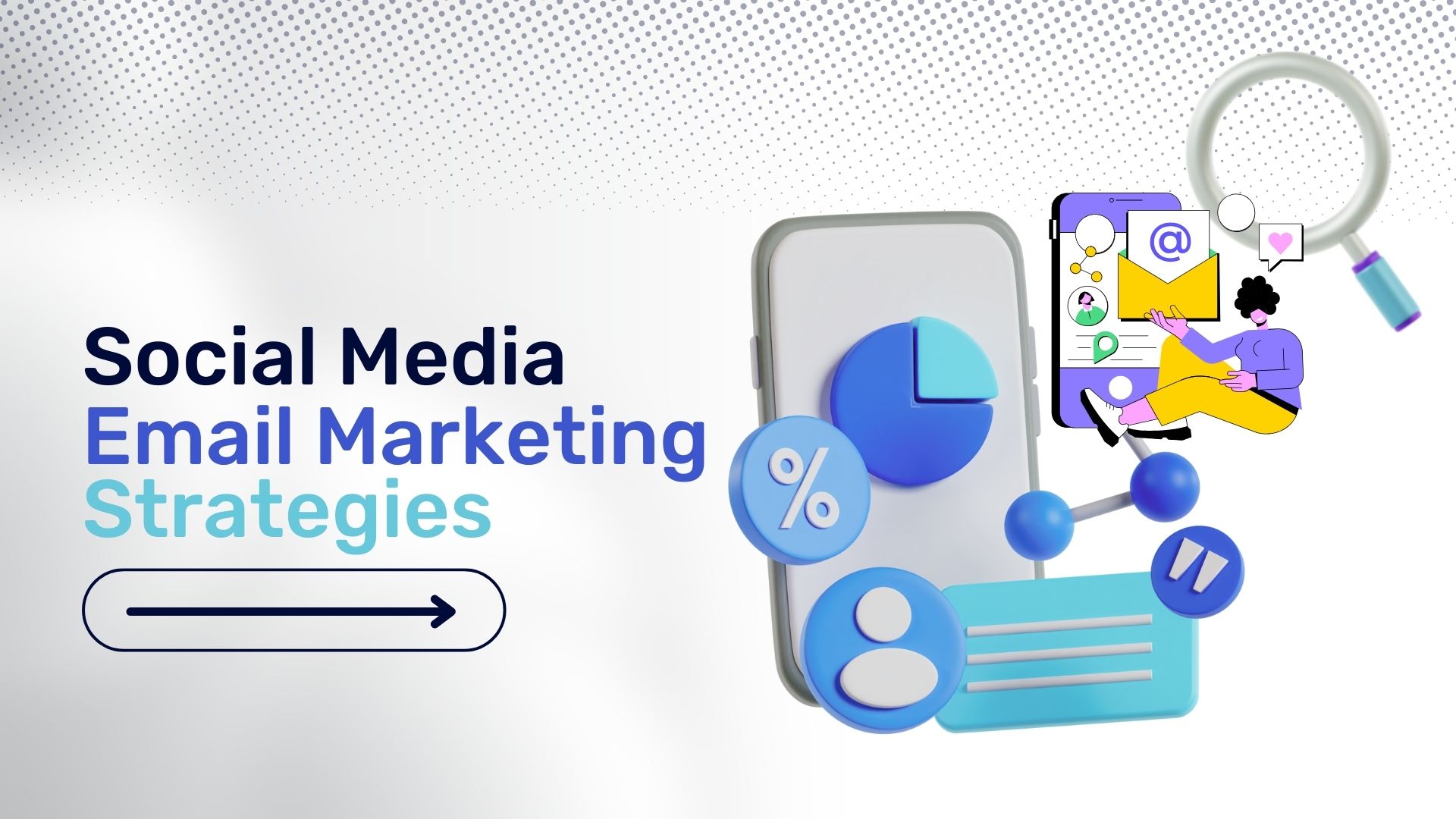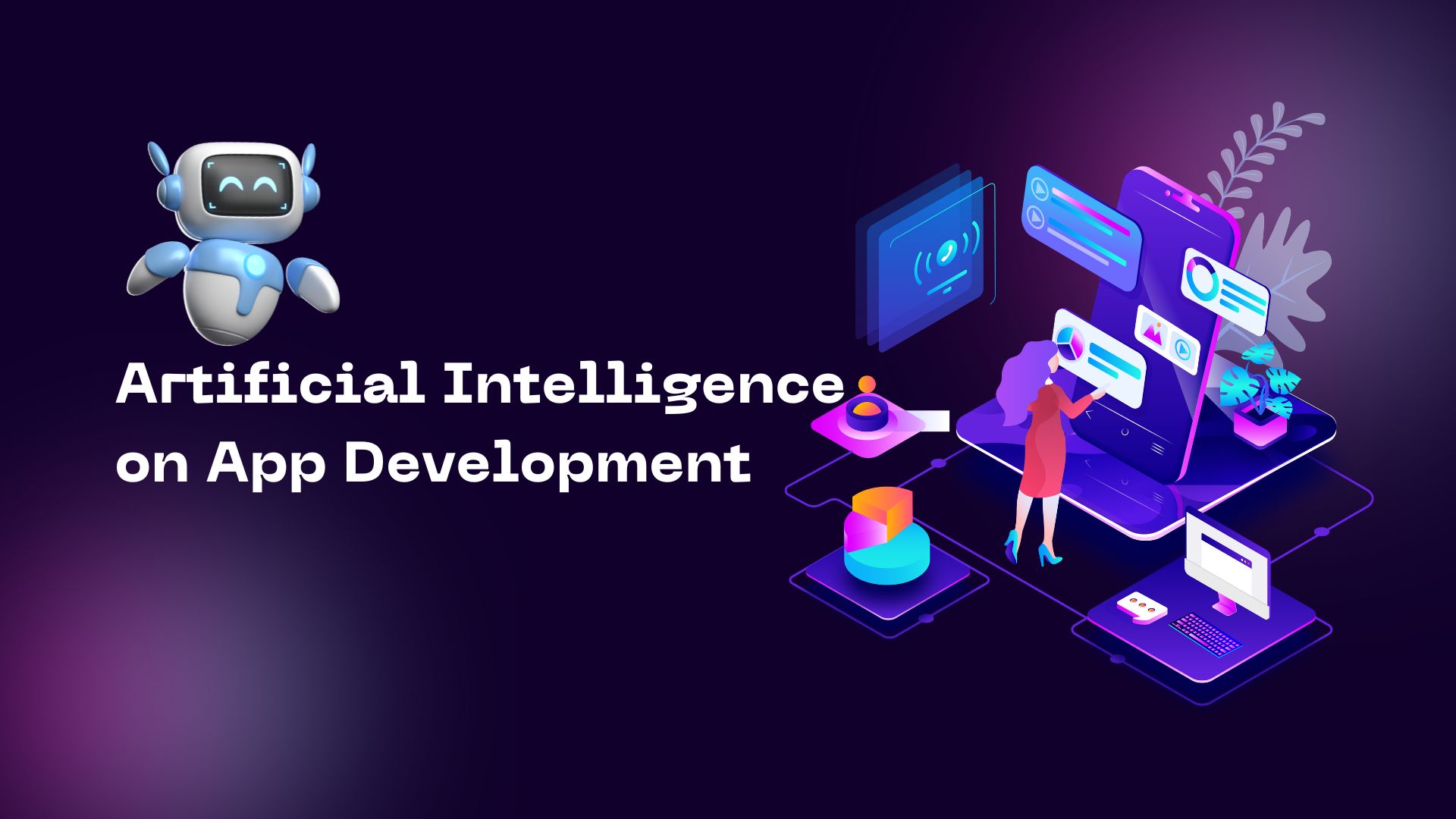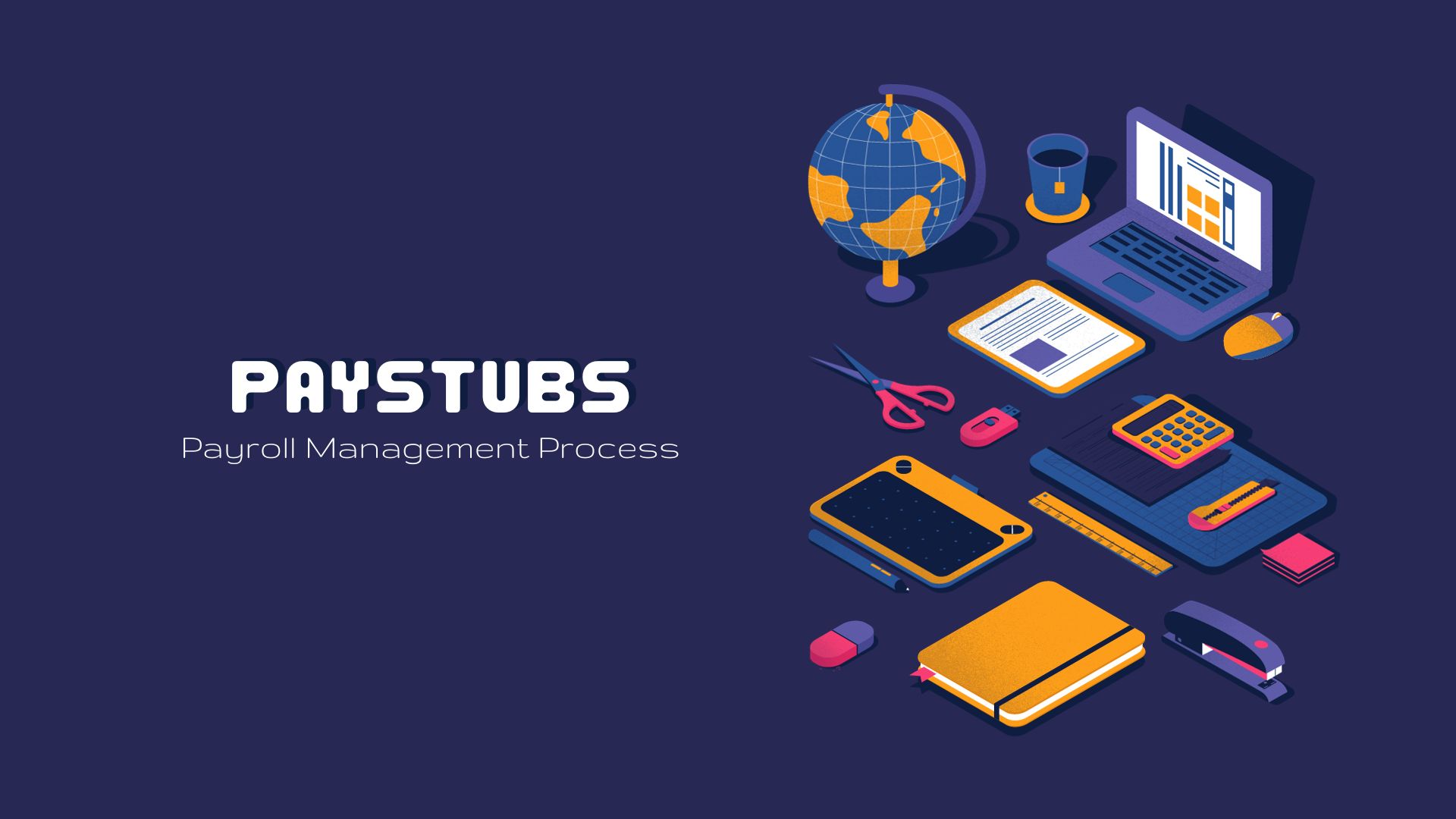Komodo IDE 9 Advances Web Development History
Tools to build websites and applications change over time, but one tool that has stood the test of time is ActiveState’s Komodo IDE (integrated developer environment). This week ActiveState released Komodo 9, continuing the legacy of the IDE that began its life 15 years ago.
In the Komodo 9 release, new features include support for the Google Go language, improved collaboration features and improvements for creating documentation.
In 2014 alone Komodo was downloaded over six million times, proving that it is still widely used. Yet a lot has changed in Komodo over the years.
Jeff Hobbs, CTO and VP of engineering at ActiveState, told Enterprise Apps Today that Komodo 0.x, first announced in May 2000, was based on the Mozilla framework and browser and was very bare bones.
“It didn’t have a file explorer; you opened files by using your OS file browser or a file open dialog,” Hobbs reminisced. “It came packaged with the Mozilla browser and ChatZilla; you could only — kind of — adjust your preferences through the menu bar, and it came with Perl and Python debugging.”
Far More Functionality
In contrast, today’s Komodo is much more robust. Hobbs noted that although it is still based on the Mozilla framework, over the years ActiveState has added tons of functionality based on engagement within the developer community and feedback from enterprise customers.
“We’ve ensured it works on Windows, Linux, Mac, and added support for multiple languages – think Python, PHP, Ruby, Go, NodeJS, etcetera – and the many frameworks that accompany them,” Hobbs said. “With Komodo 9, performance improvements make it the fastest version of Komodo to date, and the updated UI also makes it one of the most well designed versions ever produced.”
As with most open source software, there are paid commercial editions of Komodo as well as a freely available open source edition known as Komodo Edit. Hobbs said that Komodo IDE and Edit are both multi-language and multi-platform, and include a host of features such as auto-complete, a toolbox, a projects and places manager and more.
In particular, Hobbs highlighted code intelligence and profiling, debugging, real-time code collaboration (for teams), Rx (regular expression) toolkit, source code control integration and database explorer (MySQL, Oracle and others).
Hobb said that both Komodo IDE and Komodo Edit 9 received new functionality with the introduction of commando (aka Go To Anything), a markdown viewer, kopy.io integration and track changes.
“In the IDE, track changes uses VCS (version control system) to provide the change data and shows your changes since your previous commit, whereas edit uses your last save, so it shows changes since your last save,” Hobbs said.
The Cloud Question
While the modern trend for nearly all software is to put it in the cloud, Komodo isn’t headed to a software-as-a-service (SaaS) cloud model anytime soon.
“We believe strongly in cloud integration but feel that the current state of the art for a fully featured IDE still requires a native application,” Hobbs said. “You simply can’t replicate the full functionality of Komodo in a pure cloud environment today, so we believe the desktop is still the best place for an IDE.”
That said, Hobbs noted that cloud makes a lot of sense for many services in today’s development processes, like source code control, continuous integration and bug tracking systems.
“Git is probably one of the best developer examples I can think of, especially with the popularity of GitHub. It provides an online, available anywhere, distributed source code control (and bug tracking in GitHub) system for developers to work with,” Hobbs said.
Hobbs added that Git is a flexible tool; it lets developers work in a distributed offline capability and allows them to push back changes once they are online again. In his view an IDE should be flexible in its ability to work with the cloud, but it doesn’t have to live there.
As to the longevity of Komodo, Hobbs said that all developers like to think that what they are creating will be adopted by the masses; that’s part of why developers, build things.
“We feel Komodo is an invaluable tool for developers in any field, so we continually update it based on what we’re hearing and what we’re doing,” Hobbs said. “Hopefully Komodo will continue to evolve for another 15 years.”
Sean Michael Kerner is a senior editor at EnterpriseAppsToday and InternetNews.com. Follow him on Twitter @TechJournalist.

Sean Michael is a writer who focuses on innovation and how science and technology intersect with industry, technology Wordpress, VMware Salesforce, And Application tech. TechCrunch Europas shortlisted her for the best tech journalist award. She enjoys finding stories that open people's eyes. She graduated from the University of California.








